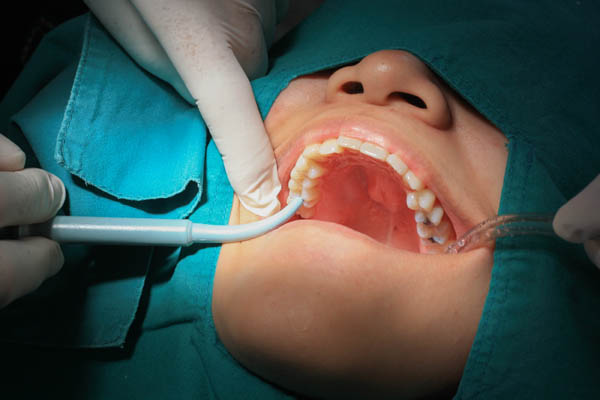
When someone develops a cavity, a dentist will likely suggest dental fillings to prevent infection and strengthen the tooth. Read on to learn more about dental fillings. Dental restorations may be made out of various materials, but the most frequent fillings are amalgam and composite resin. Amalgam was the most common filling material; however, composite fillings are gaining favor due to their aesthetics and durability.
An overview of composite dental fillings
Composite fillings tend to look more natural than other alternatives. The composite material may be tinted to match the rest of the teeth, making them virtually undetectable to the eye. The tooth-colored material is made out of plastic (acrylic) resin and powdered glass filler. This composite resin substance is also occasionally used by dentists to repair or restore portions of damaged or chipped teeth.
The lifespan of composite fillings
While composite fillings are sturdy, they have a shorter lifespan than amalgam fillings. If properly cared for, a composite resin filling has a projected lifespan of about seven to ten years. However, someone at a high risk of cavities may not enjoy composite dental fillings for so long.
The safety of composite fillings
Some individuals are concerned about the safety of composite fillings, particularly the chance that the composite material is cytotoxic or damaging to cells in the tissues around the filling. Although more studies are required to determine the potential risks, dentists always strictly observe the manufacturer’s recommendations regarding light intensity and light-curing time and prevent the material from coming into direct contact with the skin.
Patients should consult their dentist if they have any concerns.
Procedure for composite dental fillings
Except for exceptional cases, applying a composite filling is a simple procedure completed in one dental appointment. At the outset of the appointment, the dentist will choose the composite color to use for the filling. Some dental professionals recommend creating this match as soon as possible before the teeth and mouth dry up, a factor that may affect the tooth’s luster.
The dentist administers a local anesthetic to numb the tooth and surrounding region. Afterward, the dentist drills a hole in the tooth enamel and removes the decayed portion. The area is cleaned and dried, and the tooth is prepared.
Next, the dentist will etch the tooth so that the composite material adheres to the tooth surface. They will start by placing the composite material into the cavity. The dentist will use a light to harden and fix the composite filling. The light will cure each layer before moving on to the next because the composite material is placed in multiple layers. Afterward, the tooth will be shaped and polished to restore its luster. The dentist will examine the bite to ensure that everything is in order.
The bottom line
Contact our dental office today to book an appointment to learn even more about composite dental fillings.
Request an appointment here: https://www.cedargrovedentalgroup.com or call Cedar Grove Dental Group at (973) 857-0567 for an appointment in our Cedar Grove office.
Check out what others are saying about our dental services on Yelp: Composite Fillings in Cedar Grove, NJ.





